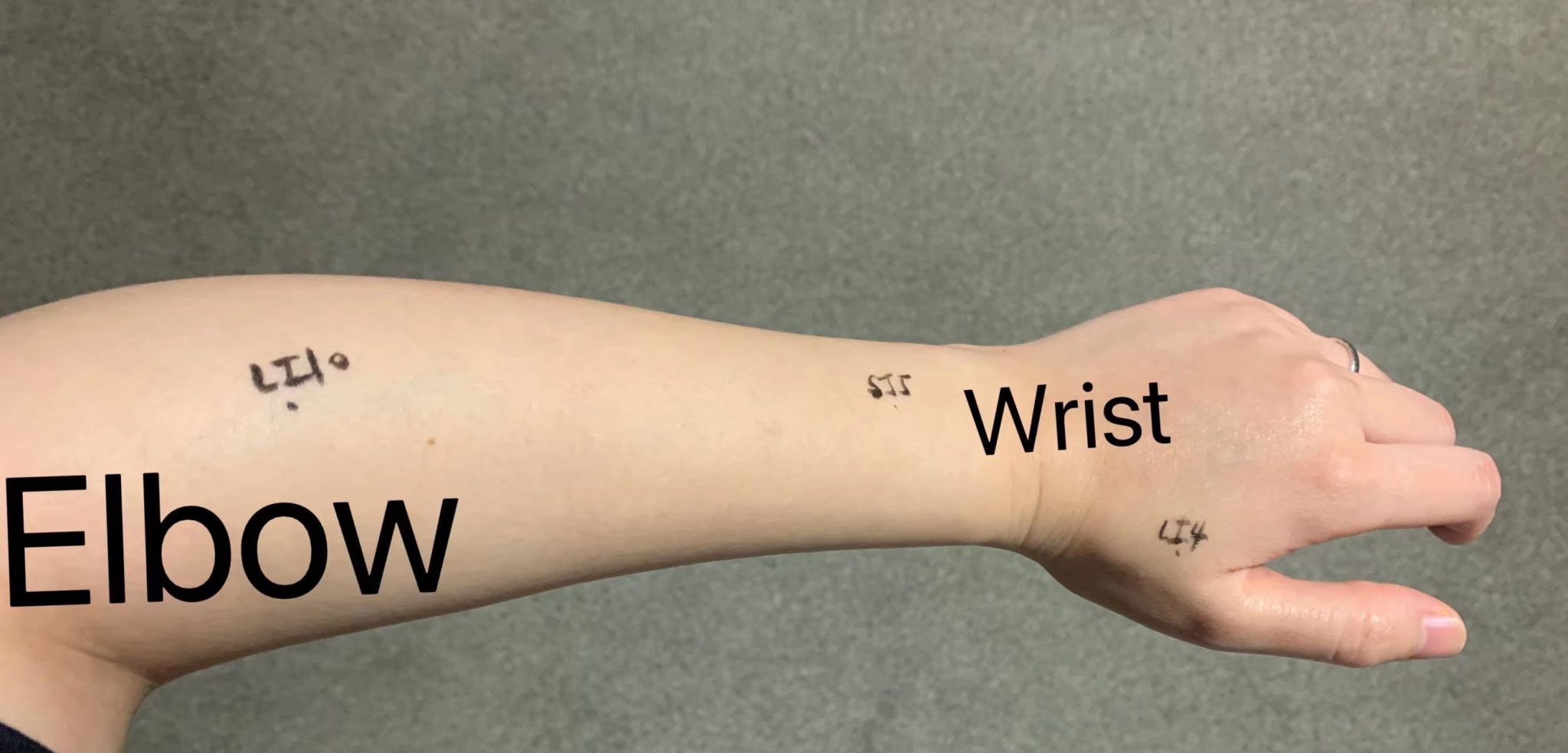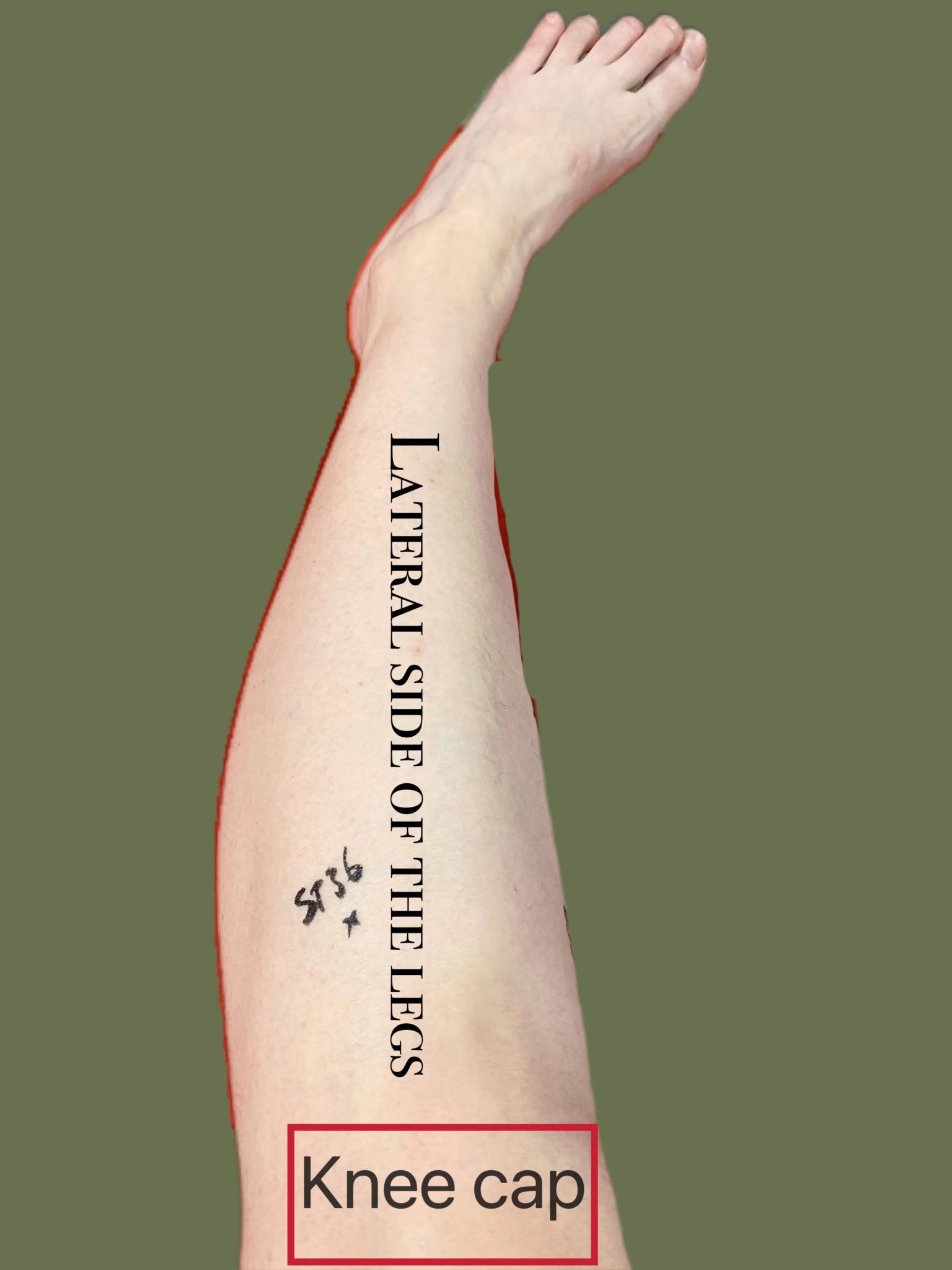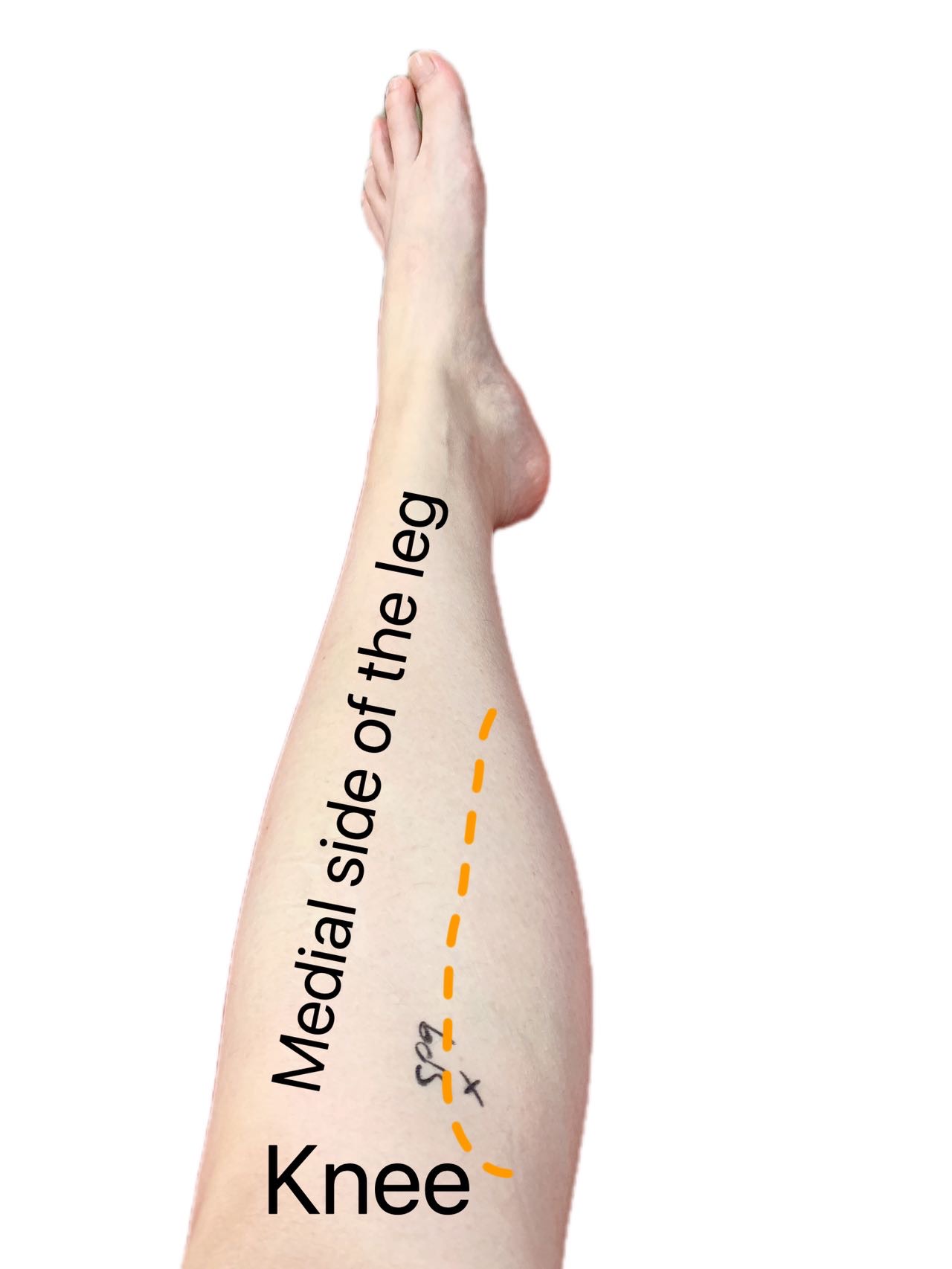Last weekend, I had the opportunity to attend an online conference from Hong Kong on Chinese medicine for COVID and long COVID. Tele-health delivery of Chinese medicine has been encouraged in Hong Kong during the pandemic. Chinese medicine practitioners from Hong Kong, mainland China United Kingdom of Britain, United States of America and other countries shared their experience of helping people with COVID and long COVID. Chinese herbal medicine is often used as it can be delivered with limited patient contact. Acupuncture was not possible, instead acupressure has been used. Patients are taught how to press on acupuncture points to achieve clinical effects. This form of self-care empowers people to gain some control over their symptoms and to build confidence and hope.
In this blog, we will talk about what acupressure is and how to use acupressure to help some symptoms associated with long COVID.
Acupuncture stimulates specific parts of the body, called acupuncture points or acupoints, with fine needles for therapeutic effects. Acupressure is a form of acupuncture, but without needles. It stimulates acupoints through mechanical pressure. The pressure can be delivered via human fingers, or some specifically made or home made pressure tools, such as chop sticks, pens, and tooth pecks. People can press acupoints themselves or let friends, family members or therapists to help. Acupressure is a highly useful self-care practice. It can be done
- at any time and anywhere;
- by people themselves,
- without tools or wit easily available tools.
Acupressure helps alleviate some symptoms: such as headache, nausea, or feeling anxious; and promotes healing.
It is important to consult qualified Chinese medicine practitioners for which acupoints to press and how to stimulate those points.
According to a recent study from UK, the commonest long COVID symptoms are exhaustion or fatigue (73%), brain fog (63%), short of breath (55%), headache (47%), concentration (45%), muscle ache (45%), palpitation 40%, Dizziness (38%), and many other symptoms. Often people experience a range of symptoms.
Below is a set of acupoints that can be used to alleviate various symptoms associated with long COVID. Photos of the location of those acupoints are at end of the table. Persistence is essential. Spend one to two minutes on each point, twice a day would be helpful. Again before using acupressure, it is important to consult your GP to exclude other possible causes of the symptoms.
| Symptoms | Acupoint | Location | Pressure , and Note | Notes |
| Headache / Blocked nose
|
LI4
SJ5 |
Between index and thumb
On the forearm, just above the wrist |
The pressure needs to be strong, to induce deep, diffused aching sensation on and around acupoint | LI4: Frontal Headache
SJ5: temple headache, In some people, headache could reduce relatively fast. For better results, one needs to attend to sleep, reduce or stops using caffeine, engage in gentle exercise. If your work involves lots of screen time, then take frequent breaks from the desk, and go to the nature.
|
| Fatigue | LI10,
ST36 CV6 |
LI10 on forearm,
ST36 on the legs CV6 just below umbilicus |
The pressure on ST 36 needs to be strong, to induce deep, diffused aching sensation on and around acupoint
CV 6 needs to be gently massaged or simply put palm on the acupoint to warm up the area and to draw attention to the area |
Fatigue is the very difficult to treat, and many factors contribute to it, such as sleep, use of caffeine, screen time, mental status, physical activity (too much or too little), and pacing.
Can add gentle massage on both sides of the legs and arms. Suggest continuing with acupressure and massage for long-term gain. |
| Muscle ache | LI4,
ST36, SP9 |
As above
On legs |
The pressure on the three acupoints need to be strong.
|
If you have sensitivity to pressure, then reduce the pressure or simply gently stroke the arms and legs. |
| Short of breath
|
Painful, or tight spots on the spine and both side of skin on the midback | Mid back | Stand against a wall and use a tennis ball to press on those points by rolling the ball up and down against the wall. 1 to 2 minutes. Twice a day
Put a warm pack on the back once a day for 10 minutes
|
Some forms of short of breath could be addressed by loosening up the muscles in the upper back area. Some stretching will be helpful. It is also helpful to have some spinal work with registered chiropractors, physiotherapists, osteopath or your trusted body therapists. |
| Foggy brain | Neck | The part of the neck just below the scull. | There are many acupoints in this region . However symptoms can get worse if not careful. So avoid acupressure there. Warming the area with your warm palm or wheat bag to the area; and keep this area warm with a scarf most time during the day.
|
In addition to long COVID, foggy brain could be related to sleep duration and quality; position of head; clearance of nasal passage; and breathing pattern; and / or dietary habit. All of these need to be assessed by qualified healthcare providers before more personalised approaches can be developed. Please also see previous blogs on Acupuncture for long COVID. |



SP9 (Yin Ling Quan)
